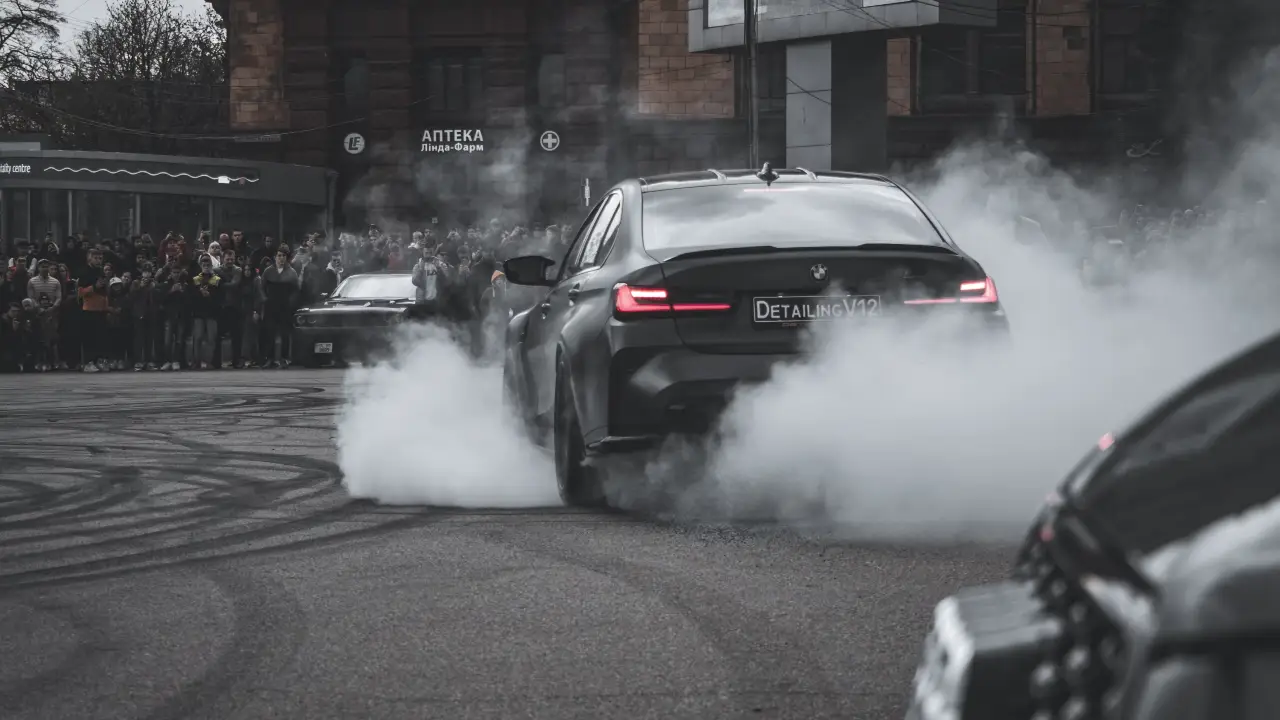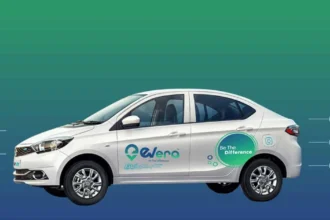EU Gives Car Manufacturers More Time to Meet Pollution Rules
European carmakers received important relief this Thursday when the European Parliament voted to make pollution rules more flexible. According to Reuters, lawmakers decided by a vote of 458 to 101 that car companies can now average their pollution numbers across three years instead of meeting strict yearly targets.
Understanding the New Carbon Rules
The European Union has specific limits on how much carbon dioxide (CO2) cars can release. These pollution limits are measured in grams of CO2 per kilometer driven. Under the existing rules, from January 2025, new cars must produce no more than 93.6 grams of CO2 per kilometer, which is 15% less pollution than 2021 levels.
What changed now is not the pollution target itself but how companies can meet this target. Instead of having to hit this number each year, companies can now average their results across 2025, 2026, and 2027. This gives them more breathing room if they have a bad year.
Why European Car Companies Needed Help
European automakers have been struggling to sell enough electric vehicles to meet these strict rules. If they cannot sell enough zero-emission cars, their average pollution levels stay too high. Without this rule change, car companies faced possible fines of up to 15 billion euros ($17 billion).
- Sales challenges: European car companies are selling fewer electric cars than expected, making it difficult to lower their average pollution levels
- Chinese competition: Chinese-owned brands sold 19,800 electric vehicles in Europe in February 2025, even beating Tesla’s 15,700 cars, showing how European companies are falling behind. Tesla’s China sales drop 6% in April 2025, marking seven months of decline amid rising competition and political controversies.
- Market growth differences: China’s electric car market grew by 36% in early 2025, while Europe’s only grew by 22%, creating a widening gap in competitive position
The Global Electric Vehicle Race
| Region | Position in EV Market |
|---|---|
| China dominates the global electric car market with 62% of worldwide sales in 2024 and continues growing rapidly | Europe has only increased its market share from 23% to 24% between 2023 and 2024, showing much slower progress |
| United States remains far behind with electric vehicles making up only about 10% of car sales | Volkswagen and other European brands are struggling to compete with both Chinese and American electric vehicle manufacturers |
Mixed Reactions to the Decision
European Commission President Ursula von der Leyen supported the change, saying it gives European carmakers “breathing space” during a difficult transition. However, critics argue that car companies have had seven years to prepare for these targets and should have been ready.
Even with this extra flexibility, Volkswagen has warned that meeting the pollution targets will still be a significant burden in 2025. This suggests European carmakers continue facing challenges in the rapidly changing automotive industry.
This decision reflects a balancing act between environmental goals and economic realities as Europe tries to reduce pollution while keeping its car industry competitive in the global market.











